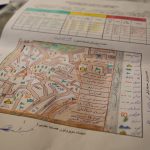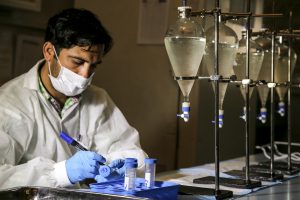
Fast Facts
Population: 1003M (2018)
- Polio Status: Polio-free
- Polio added to the vaccine schedule: 1978 (OPV), 2016 (IPV)
- OPV3 Coverage: 89% (2018)
- IPV Coverage: 75% (2018)
Timeline
1988
The World Health Assembly passes a resolution to eradicate polio by the year 2000, launching the Global Polio Eradication Initiative.
1995
The Pulse Polio Immunization (PPI) is launched as a national program, beginning with national immunization days (NIDs) in December 1995 and January 1996.
1997
National Polio Surveillance Project (NPSP) was established and run jointly by WHO and Government of India
2001
Despite an increase in sub-national immunization days (SNIDs) throughout India in 2001, an outrbeak of 1,599 registered cases occurs, accounting for more than 80% of polio cases worldwide.
2005
The Social Mobilization Network is launched in Bihar with Aangawadi Workers (AWWs) deployed to reach hard-to-reach and underserved communities.
2011
The last reported cases of wild poliovirus are reported in West Bengal on January 13th.
2014
After three years without any wild poliovirus cases, India and the Southeast Asian region are officially certified as polio-free.
2017
Inactivated Poliovirus (IPV) is expanded to include all 36 states, after a fractional dose was introduced in eight states the previous year.
Country Data
India was certified as polio-free by the Global Polio Eradication Initiative (GPEI) in 2014 along with the rest of the World Health Organization Southeast Asian Region (WHO-SEARO). Considered one of the most difficult places to eradicate the disease and accounting for 60% of all poliovirus cases globally as recently as 2009, India saw its last case of wild poliovirus in 2011.
The polio eradication initiative was coordinated at the national level by the Ministry of Health and Family Welfare (MoHFW), including key leadership roles held by the Minister of Health, Health Secretaries, Deputy Commissioner for Maternal and Child Health, and Assistant Commission for Immunization. The core strategy Pulse Polio Immunization (PPI) was administered through the public health system at the state and district levels including designated State Immunization Officers responsible for planning, coordinating, and monitoring the PPI program, along with support from implementing partners. In 2014, a national program to strengthen routine immunization Mission Indradhanush was launched to coincide with PPI activities. Surveillance was undertaken as part of the National Polio Surveillance Project (NPSP) established in 1996 with the assistance of WHO. The Government of India is responsible for immunization financing, though it receives some health systems strengthening support from Gavi.
Organization Description
The Indian Institute of Health Management Research (IIHMR) was established in 1984, with the purpose of creating new knowledge and developing alternate modes of improving healthcare management research, and education and training in India and internationally. The Institute has pioneered in capacity development among healthcare professionals at the national, state, and district levels in the areas of leadership, strategic management, and quality assurance in healthcare. The Institute also serves as a WHO Collaborating Center for District Health Systems Based on Primary Healthcare.
IIHMR offers academic programs at the Masters and Doctoral level, and has experience conducting research on health program evaluation, health systems, human resources, health economics and financing, maternal and child health, education and communications, nutrition, etc.
Page updated on: 17/09/2020
Key Documents
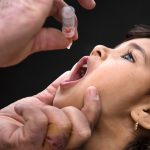
What can over 30 years of efforts to eradicate polio teach us about global health?
View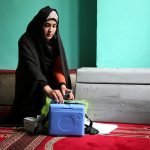
Synthesis and translation of research and innovations from polio eradication (STRIPE): initial findings from a global mixed methods study
View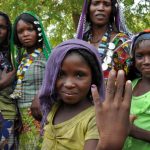
Evaluating the process of partnership and research in global health: reflections from the STRIPE project
View